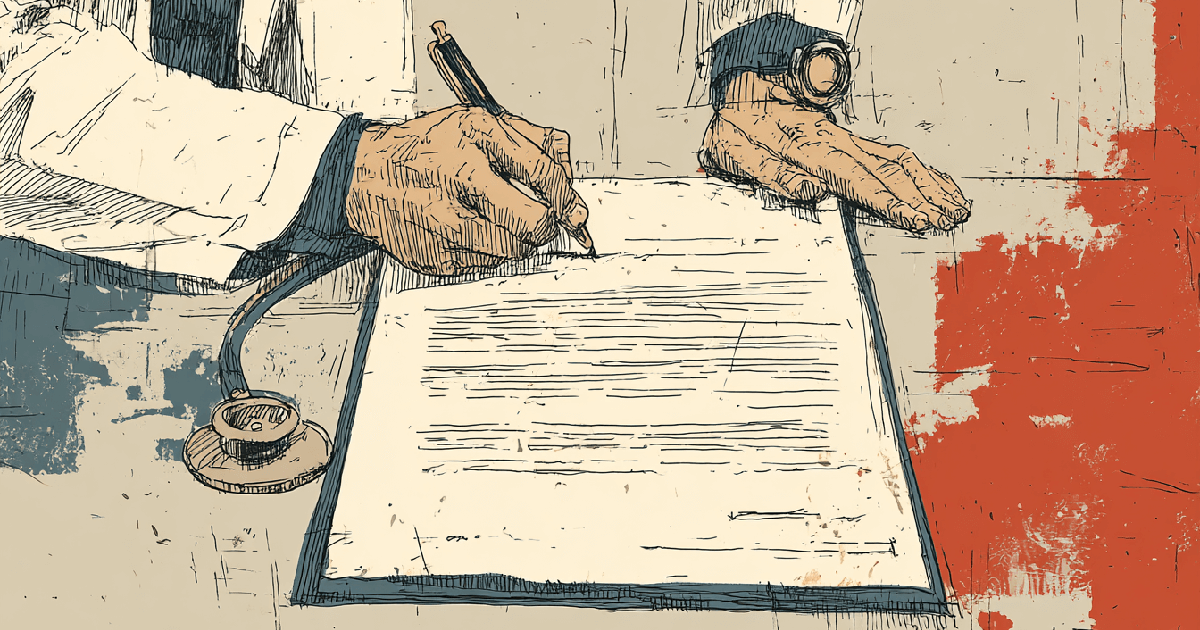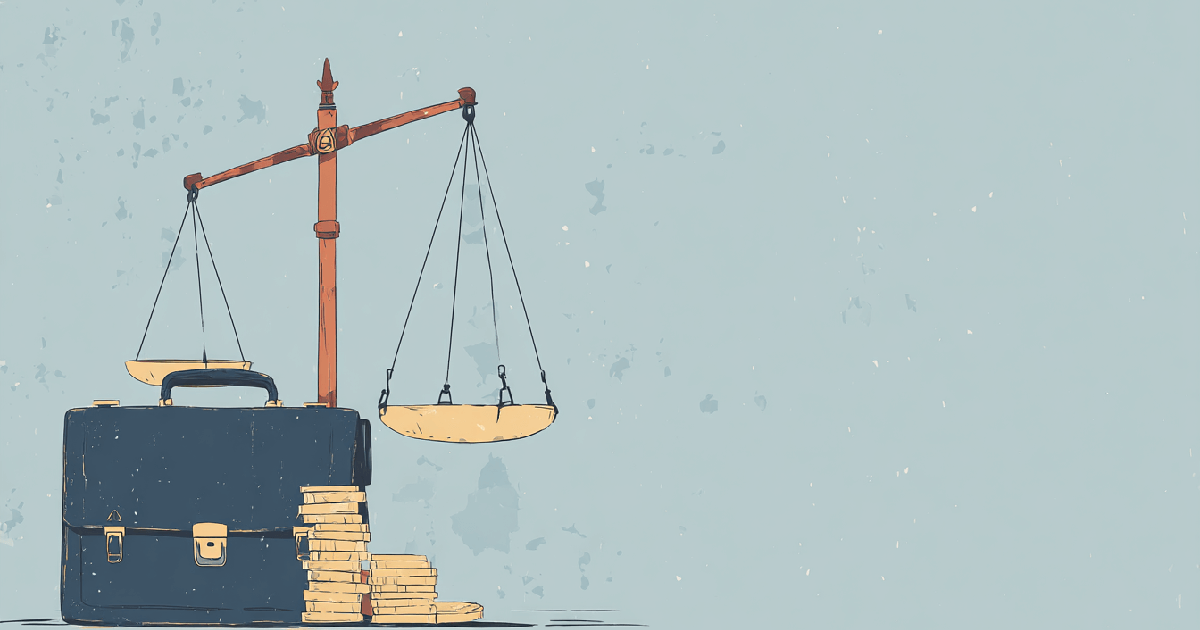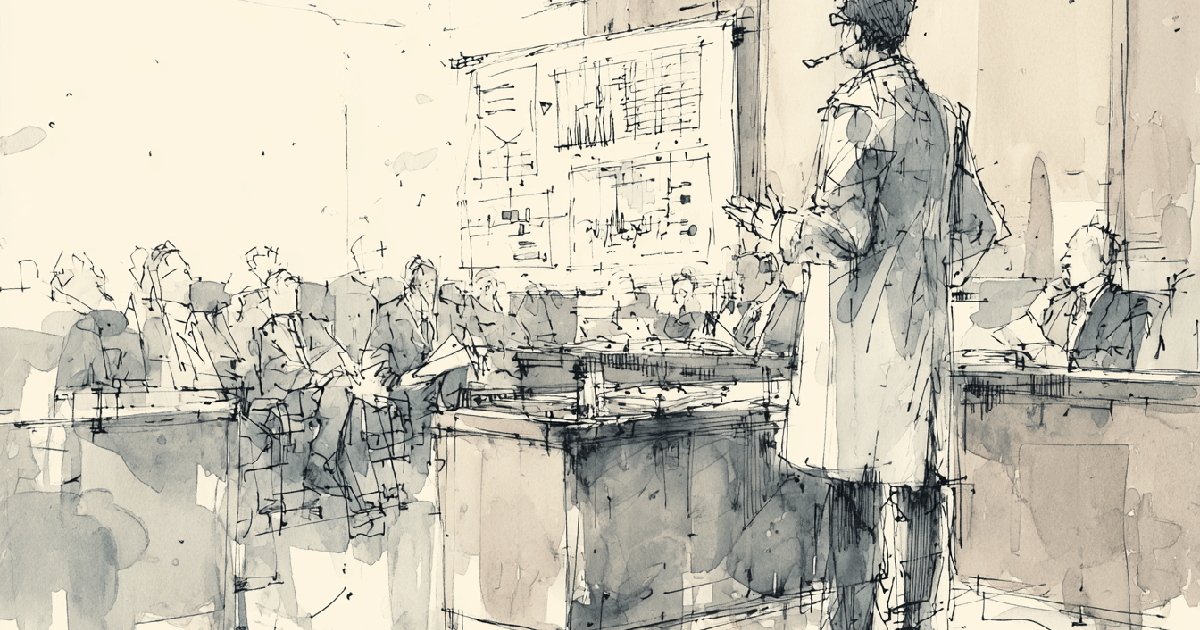What is an Attorney Fee Dispute?

An attorney fee dispute arises when a client disagrees with the amount their lawyer is charging or how fees are being calculated. These disagreements can happen before, during, or after legal representation and are common in personal injury cases where contingency fees, costs, and billing transparency are key concerns.
Understanding your rights in a fee dispute can help you resolve the issue quickly—and protect your financial interests.
What causes attorney fee disputes?
Fee disputes can stem from miscommunication, unexpected charges, or disagreement over contingency percentages or billing hours. In personal injury cases, disputes often relate to how settlement funds are divided, especially if the case resolves quickly or includes hefty costs.
Most states require attorneys to put their fee agreements in writing, and some offer mediation or arbitration services to resolve disputes.
Lack of clear written agreement or failure to explain fee structure upfront.
Disagreements over contingency fees, especially when results differ from expectations.
Surprise costs like court fees, expert witnesses, or administrative expenses.
Perceived overbilling or unclear hourly charges in non-contingency cases.
How are attorney fee disputes resolved?
There are several options for resolving a fee dispute, depending on the state and nature of the disagreement. Many bar associations offer free or low-cost mediation or arbitration programs that help clients and attorneys reach a fair resolution without going to court.
In some cases, disputes escalate to lawsuits or disciplinary complaints, but most are settled informally.
Fee arbitration programs are available through local or state bar associations.
Mediation may be used to find a mutually acceptable compromise.
Small claims court may be an option for lower-value disputes.
Formal legal complaints can be filed if the attorney acted unethically.
What should be in a legal fee agreement?
A clear, written fee agreement is your best protection against future disputes. Personal injury attorneys typically use contingency fee agreements, which specify that you only pay if your case is successful—usually as a percentage of the recovery.
The agreement should also spell out who pays for case-related expenses and how those are handled if the case is unsuccessful.
Fee type and rate (e.g., 33% contingency or $250/hour)
Scope of representation and what services are included
Responsibility for expenses, both during and after the case
Client rights to dispute fees and available resolution options
Can I change lawyers during a fee dispute?
Yes, clients have the right to fire their attorney at any time, even during a fee dispute. However, depending on the terms of your agreement, the attorney may still be entitled to compensation—either for work already done or a portion of the final recovery.
If you’re switching attorneys, make sure the new lawyer understands any potential lien or fee claim from the prior one.
You can always change lawyers, even mid-case.
The original attorney may file a lien on your settlement for unpaid fees.
Successor counsel can help negotiate or resolve prior fee issues.
Communication and documentation are key to a clean transition.
Conclusion
Attorney fee disputes are not uncommon, especially in emotionally charged or high-stakes personal injury cases. Knowing your rights, understanding your fee agreement, and utilizing available resolution options can help you resolve disputes fairly—without derailing your case or financial outcome.
What is an attorney fee dispute?
An attorney fee dispute is a disagreement between a lawyer and client over the amount or structure of legal fees. These conflicts may involve contingency percentages, billing practices, or unexpected expenses.
Are attorney fee agreements legally binding?
Yes, written attorney fee agreements are legally binding contracts. If properly executed, both parties are expected to follow their terms unless the agreement is deemed unreasonable or unethical.
Can I refuse to pay my lawyer if I’m unhappy with the outcome?
Not necessarily. If your attorney fulfilled their contractual obligations, you may still owe fees—even if the result wasn’t what you hoped for. Disputes should focus on whether the billing was fair and consistent with the agreement.
Where can I report an attorney for unfair billing?
You can file a complaint with your state’s bar association, which may investigate the attorney’s conduct. Many bar associations also offer fee arbitration services to resolve disputes without court.
Featured Articles
-
Glossary
What is Doctrine of Avoidable Consequences?
What is Doctrine of Avoidable Consequences? What is the doctrine of avoidable consequences in personal injury law?The doctrine of avoidable consequences is a legal.
-
Glossary
What is Independent Medical Examination?
What is Independent Medical Examination? What is an independent medical examination in personal injury law?An independent medical examination (IME) is a medical evaluation requested by.
-
Glossary
What is Collateral Estoppel?
What is Res Judicata? What is collateral estoppel in personal injury law?Collateral estoppel, also known as “issue preclusion,” is a legal rule that prevents.
Explore our Contributors
Discover Next
Insights from Experts
Learn from industry experts about key cases, the business of law, and more insights that shape the future of trial law.
















